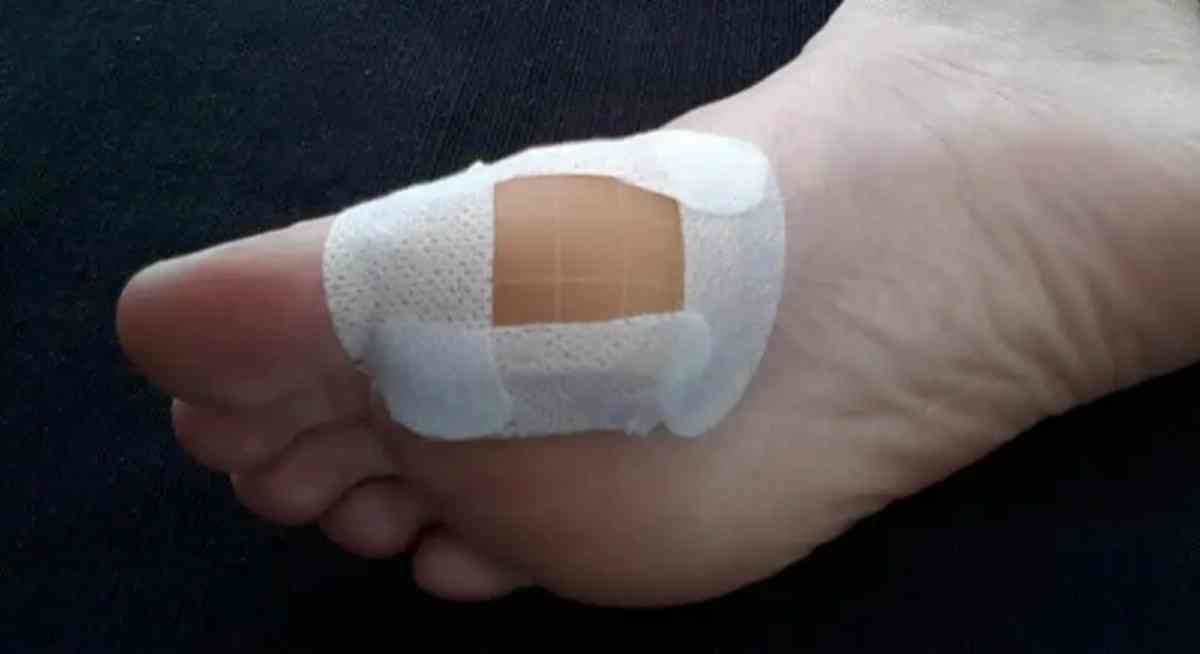How Does The Hydrocolloid Dressing Work? – The moist healing of the wound is known as hydrocolloids.To understand us, it is as if it were a band-aid containing particles that, when in contact with acne secretions (an infected wound), become a gel that spreads over the pimple, holding its moisture.
Table of Contents
What is Varihesive?
VariHesive® Extra Fine Dressing is a hydrocolloid dressing indicated for the management of lightly oozing wounds. It combines ConvaTec’s unique hydrocolloid formulation that sets it apart from other hydrocolloids and a vapor permeable length that provides a moist occlusive environment.
How to put Varihesive?
Application of the extra-fine Varihesive dressing: Apply a dressing that exceeds the edge of the lesion by 3cm. Clean the area of the wound, rinse well and dry the nearby skin. Remove the silicone paper from the back of the dressing, minimizing finger contact with the adhesive surface.
What is a hydrocellular dressing?
Hypoallergenic acrylic adhesive, which leaves a convenient adhesiveness to the perilesional skin without causing trauma on removal. It is applied easily, thanks to the long conveyors that facilitate its placement in any area.
How long is a dressing left on?
What is now offered is what is identified in clinical practice guidelines, protocols and in a narrative review, which recommend removing the surgical dressing with an interval of 24 to 48 hours after surgery.
How long is a hydrocolloid dressing left on?
The active hydrocolloid dressings of Tiritas® EFFECT are used primarily in the epithelialization phase of the wound, and its application covers from small wounds, grazes and cuts, to blisters and calluses. They do not need to be moved daily, they can continue for up to a week in the wound.

